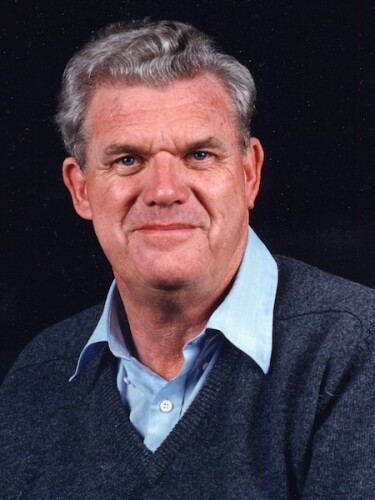Richard Taylor

Born on 2 November 1929 in Medicine Hat, Alberta, Canada, Richard Taylor was a Nobel-winning physicist whose experiments demonstrated the existence of quarks. Although he never graduated high school, Taylor’s aptitude for math and science helped him gain admittance to the University of Alberta, where he earned his bachelor’s and master’s degrees in physics. In 1952 he enrolled in the physics graduate program at Stanford University and began working on accelerators. He left Stanford in 1958 to spend three years in France at the École Normale Supérieure, helping build an accelerator in Orsay. After returning to California in 1961, he spent a year working at the Lawrence Radiation Laboratory in Berkeley before going back to Stanford to finish his PhD and help build the Stanford Linear Accelerator Center, or SLAC. When it became operational in 1966, SLAC was the most powerful electron accelerator in the world. Taylor formed an experimental team, called Group A, which collaborated with MIT to investigate the fundamental nature of matter by shooting high-energy electron beams at protons and neutrons. They discovered that protons and neutrons are composite particles made up of more-elementary particles called quarks. The discovery of quarks in the late 1960s revolutionized the field of particle physics and led to the development of the standard model. For that work, Taylor was awarded a share of the 1990 Nobel Prize in Physics
Date in History: 2 November 1929